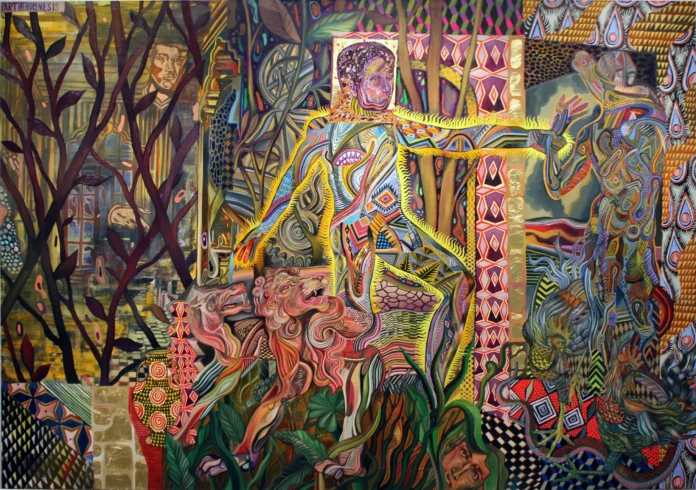Introduction
Art is more than just visual appeal—it is an expression of thought, culture, and philosophy. Some artistic movements transcend aesthetics, diving deep into symbolism, minimalism, and transformation. One such evolving concept is Zio Art, an artistic approach that blends abstract creativity with deep introspection.
But what exactly defines this art form? Is it a style, a mindset, or something beyond conventional artistic boundaries? Let’s explore its origins, characteristics, and impact on the modern creative world.
The Origins of Zio Art
The term Zio has no single definition, making it an intriguing and open-ended concept. However, various theories attempt to explain its foundation:
- Symbolic and Mystical Roots – Some believe this art form is inspired by ancient symbols and esoteric philosophies, creating a bridge between spirituality and artistic expression.
- A Minimalist Revolution – Others view it as a fusion of surrealism and minimalism, focusing on simplicity while evoking deep emotions.
- Philosophical Depth – Many artists in this movement emphasize existence, duality, and perception, allowing viewers to find personal meaning in each piece.
Defining Features of This Art Form
1. Use of Abstract Symbolism
Unlike traditional artistic expressions, this movement thrives on hidden meanings, geometric patterns, and unconventional forms. Every stroke, line, and shape conveys emotions beyond the visible.
2. Balance Between Light and Darkness
Many artists experiment with contrast, using light and shadow to symbolize the duality of existence—harmony and chaos, past and future.
3. Deep Philosophical Undertones
This form of art encourages introspection and meditation, making viewers question reality, perception, and consciousness.
4. A Fusion of Past and Future
By blending ancient symbols with futuristic elements, this artistic movement remains both timeless and innovative.
Influence Across Different Mediums
1. Visual and Digital Art
From paintings to digital compositions, this movement embraces both traditional and modern tools. Some artists prefer brushwork with organic forms, while others explore AI-generated and digital surrealism.
2. Architecture and Interior Design
Architectural influences include minimalist yet symbolic structures, focusing on geometric balance and spiritual harmony.
3. Experimental Music and Sound Design
Musicians inspired by this movement create meditative soundscapes that blend ambient tones, unusual harmonies, and binaural frequencies.
Cultural Impact and Future Possibilities
Although still an emerging artistic concept, this movement is gaining traction among independent creators and avant-garde thinkers. It encourages artists to challenge traditional perspectives and embrace the unknown.
As technology advances, this art form may find new life in virtual reality, AI-generated designs, and immersive experiences, shaping the future of digital creativity.
Conclusion
This unique artistic movement represents more than just a visual experience—it is a philosophy of creation and perception. Through its blend of symbolism, minimalism, and introspection, it challenges us to see beyond the surface.


